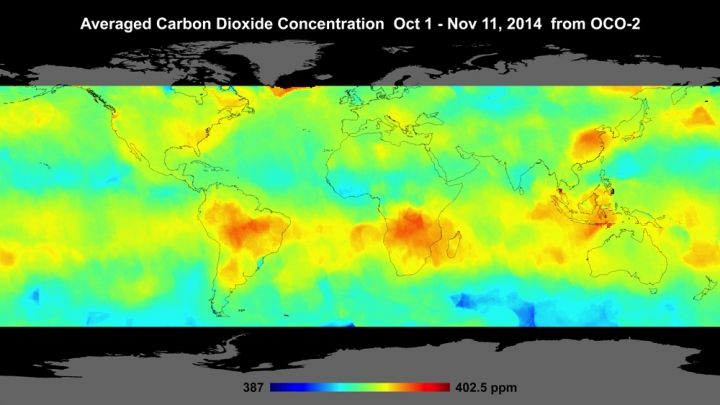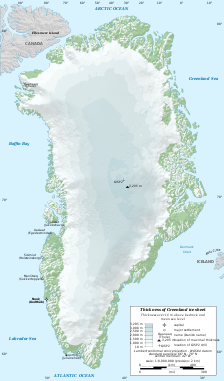What a fucked up liar you are, Mr. Westwall. You cherry pick one period, and try to pretend that represents the whole year. You are as fucked up mentally as your orange clown idol.
NASA Viz: A New Picture of Carbon Dioxide
Yeah, it's fun to "visualize" when you get to play with the data.











